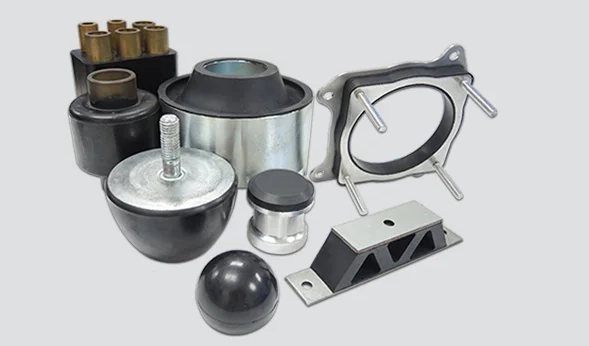The Ultimate Guide to Food Wrapping: Choosing the Right Paper for Every Culinary Need
When it comes to food preservation and presentation, the choice of wrapping paper plays a pivotal role. Not only does it affect the freshness and safety of the food, but it also influences the overall dining experience. With a plethora of options available in the market, understanding which paper is good to wrap food can be daunting. This comprehensive guide aims to demystify the various types of food wrapping papers, their properties, and their best applications.
- Understanding the Basics of Food Wrapping Papers
Food wrapping papers are designed to protect food from contamination, moisture, and spoilage. They come in various materials, each with unique properties suited for different types of food. The most common types of food wrapping papers include:
- Wax Paper: Coated with a thin layer of wax, this paper is moisture-resistant but not waterproof. It is ideal for wrapping sandwiches, baked goods, and cheese, as it allows the food to breathe while preventing moisture loss.
- Parchment Paper: Often used in baking, parchment paper is heat-resistant and non-stick. It is perfect for wrapping fish or vegetables for steaming, as it can withstand high temperatures without breaking down.
- Butcher Paper: Made from uncoated kraft paper, butcher paper is breathable and ideal for wrapping meats. It allows moisture to escape, preventing the meat from becoming soggy while retaining its flavor.
- Aluminum Foil: While not a paper, aluminum foil is a popular choice for wrapping food due to its excellent barrier properties. It is perfect for cooking, freezing, and preserving food, as it prevents moisture and air from entering.
- Plastic Wrap: Another non-paper option, plastic wrap is versatile and clingy, making it suitable for covering dishes and wrapping food for storage. However, it is essential to consider its environmental impact.
- Factors to Consider When Choosing Food Wrapping Paper
When selecting the appropriate wrapping paper for food, several factors should be taken into account:
- Food Type: Different foods have varying requirements. For instance, fatty foods may require greaseproof paper, while moist foods benefit from breathable options like butcher paper.
- Storage Duration: If you plan to store food for an extended period, opt for materials that provide a strong barrier against air and moisture, such as aluminum foil or plastic wrap.
- Cooking Method: Consider how you will prepare the food. Parchment paper is excellent for baking, while wax paper is better suited for cold items.
- Environmental Impact: With growing concerns about sustainability, it’s essential to consider eco-friendly options. Look for biodegradable or recyclable papers, such as unbleached butcher paper or compostable wraps.
- Best Practices for Food Wrapping
To maximize the effectiveness of your food wrapping, follow these best practices:
- Ensure Cleanliness: Always use clean hands and surfaces when wrapping food to prevent contamination.
- Use the Right Size: Cut the paper to an appropriate size to ensure a snug fit around the food. Excess paper can lead to unnecessary waste.
- Seal Properly: For optimal freshness, ensure that the wrapping is sealed tightly. Use tape, twine, or rubber bands as needed to secure the wrapping.
- Label and Date: If storing food for later use, label the wrapping with the contents and date to keep track of freshness.
- Conclusion: Making the Right Choice
Choosing the right paper to wrap food is not merely a matter of preference; it is a crucial aspect of food safety and quality. By understanding the properties of various wrapping materials and considering factors such as food type, storage duration, and environmental impact, you can make informed decisions that enhance your culinary experience. Whether you’re a home cook, a professional chef, or someone who enjoys hosting gatherings, the right food wrapping paper can elevate your dishes and ensure they remain fresh and delicious.


